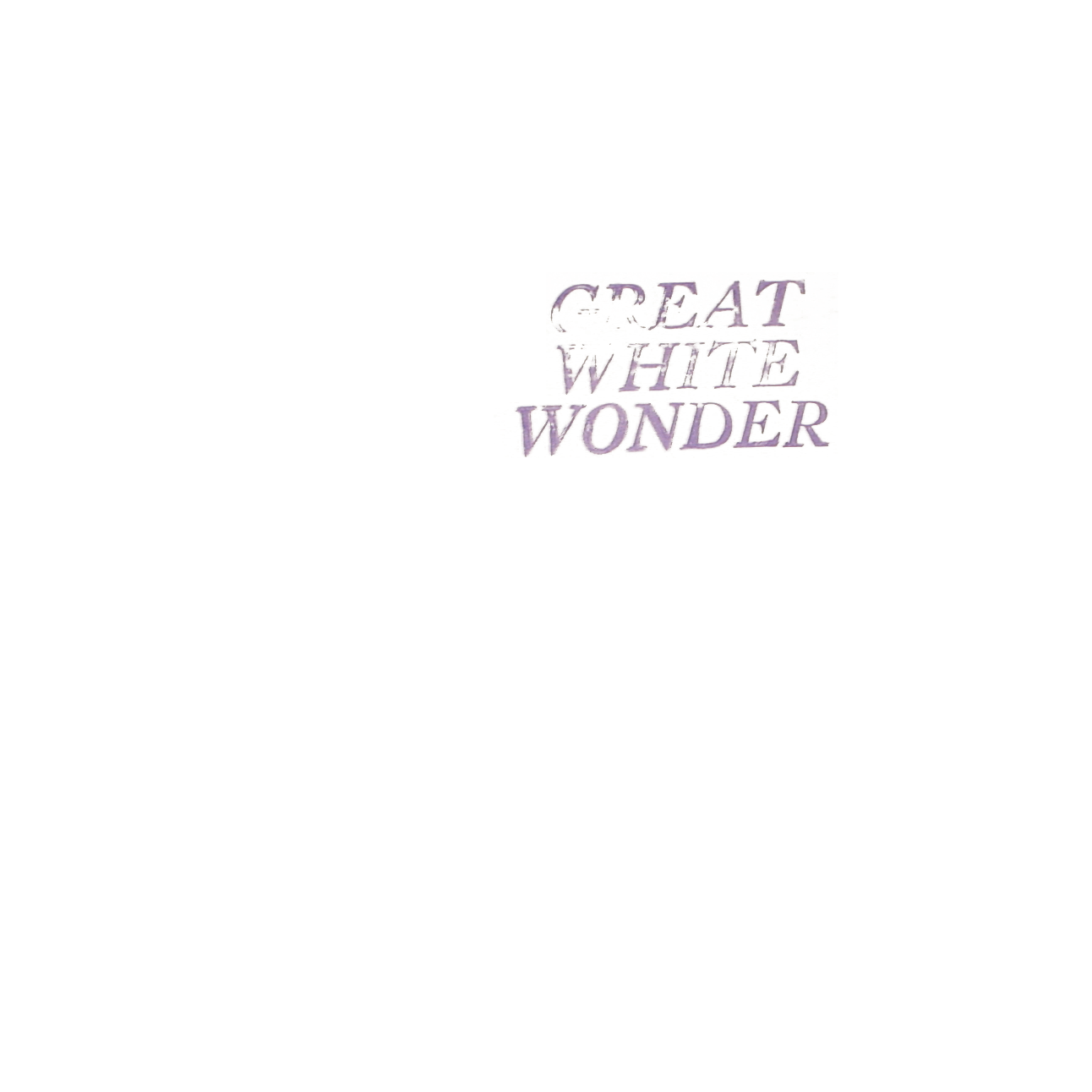|
Soundboard Recording
A soundboard recording is a sound recording of a concert taken from a direct connection to the soundboard at the venue. Soundboard recordings are considered to be among the highest quality bootleg recordings of live performances though some soundboard recordings may have an off-balance audio mix. Because access is required to sensitive equipment to make the recording, most soundboard recordings are authorized in some way either through a liberal policy on the part of the artists or specific permission granted to production staff. Though many soundboard recordings are only available as bootlegs, some are eventually released as legitimate live albums. References {{Sound-tech-stub Sound recording Sound production technology ... [...More Info...] [...Related Items...] OR: [Wikipedia] [Google] [Baidu] |
Mixing Console
A mixing console or mixing desk is an electronic device for Audio mixing (recorded music), mixing audio signals, used in sound recording and reproduction and sound reinforcement systems. Inputs to the console include microphones, signals from electric or electronic instruments, or recorded sounds. Mixers may control analog or Digital signal (signal processing), digital signals. The modified signals are summation, summed to produce the combined output signals, which can then be broadcast, amplified through a sound reinforcement system or recorded. Mixing consoles are used for applications including recording studios, public address systems, sound reinforcement systems, nightclubs, broadcasting, and post-production. A typical, simple application combines signals from microphones on stage into an amplifier that drives one set of loudspeakers for the audience. A DJ mixer may have only two channels, for mixing two record players. A coffeehouse's small stage might only have a six-c ... [...More Info...] [...Related Items...] OR: [Wikipedia] [Google] [Baidu] |
Bootleg Recording
A bootleg recording is an audio or video recording of a performance not officially released by the artist or under other legal authority. Making and distributing such recordings is known as ''bootlegging''. Recordings may be copied and traded among fans without financial exchange, but some bootleggers have sold recordings for profit, sometimes by adding professional-quality sound engineering and packaging to the raw material. Bootlegs usually consist of unreleased studio recordings, live performances or interviews without the quality control of official releases. Bootlegs reached new popularity with Bob Dylan's ''Great White Wonder'', a compilation of studio outtakes and demos released in 1969 using low-priority pressing plants. The following year, the Rolling Stones' ''Live'r Than You'll Ever Be'', an audience recording of a late 1969 show, received a positive review in ''Rolling Stone''. Subsequent bootlegs became more sophisticated in packaging, particularly the Trademark of ... [...More Info...] [...Related Items...] OR: [Wikipedia] [Google] [Baidu] |
About
About may refer to: * About (surname) * About.com, an online source for original information and advice * about.me, a personal web hosting service * About URI scheme, an internal URI scheme * About box, a dialog box that displays information related to a computer software * About equal sign, symbol used to indicate values are approximately equal See also * About Face (other) * About Last Night (other) * About Time (other) * About us (other) * About You (other) * ''about to'', one of the future constructions in English grammar * {{disambiguation ... [...More Info...] [...Related Items...] OR: [Wikipedia] [Google] [Baidu] |
Sound Recording
Sound recording and reproduction is the electrical, Mechanical system, mechanical, electronic, or digital inscription and re-creation of sound waves, such as spoken voice, singing, instrumental music, or sound effects. The two main classes of sound recording technology are analog recording and digital recording. Acoustic analog recording is achieved by a microphone diaphragm that senses changes in atmospheric pressure caused by acoustics, acoustic sound waves and records them as a mechanical representation of the sound waves on a medium such as a phonograph record (in which a stylus cuts grooves on a record). In magnetic tape recording, the sound waves vibrate the microphone diaphragm and are converted into a varying electric current, which is then converted to a varying magnetic field by an electromagnet, which makes a representation of the sound as magnetized areas on a plastic tape with a magnetic coating on it. Analog sound reproduction is the reverse process, with a large ... [...More Info...] [...Related Items...] OR: [Wikipedia] [Google] [Baidu] |


